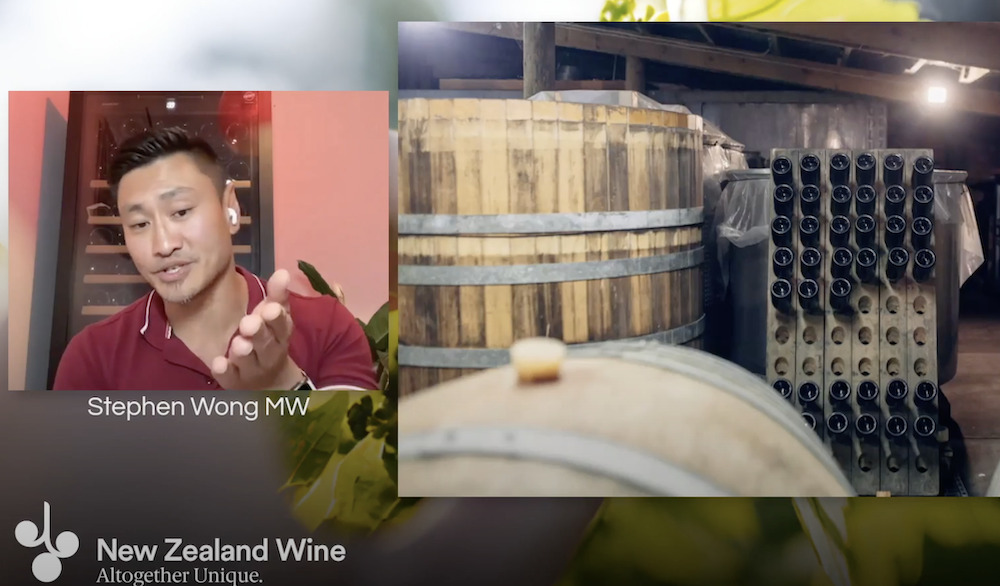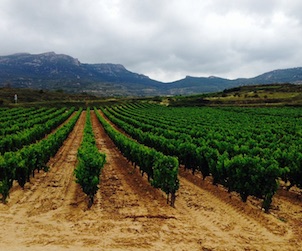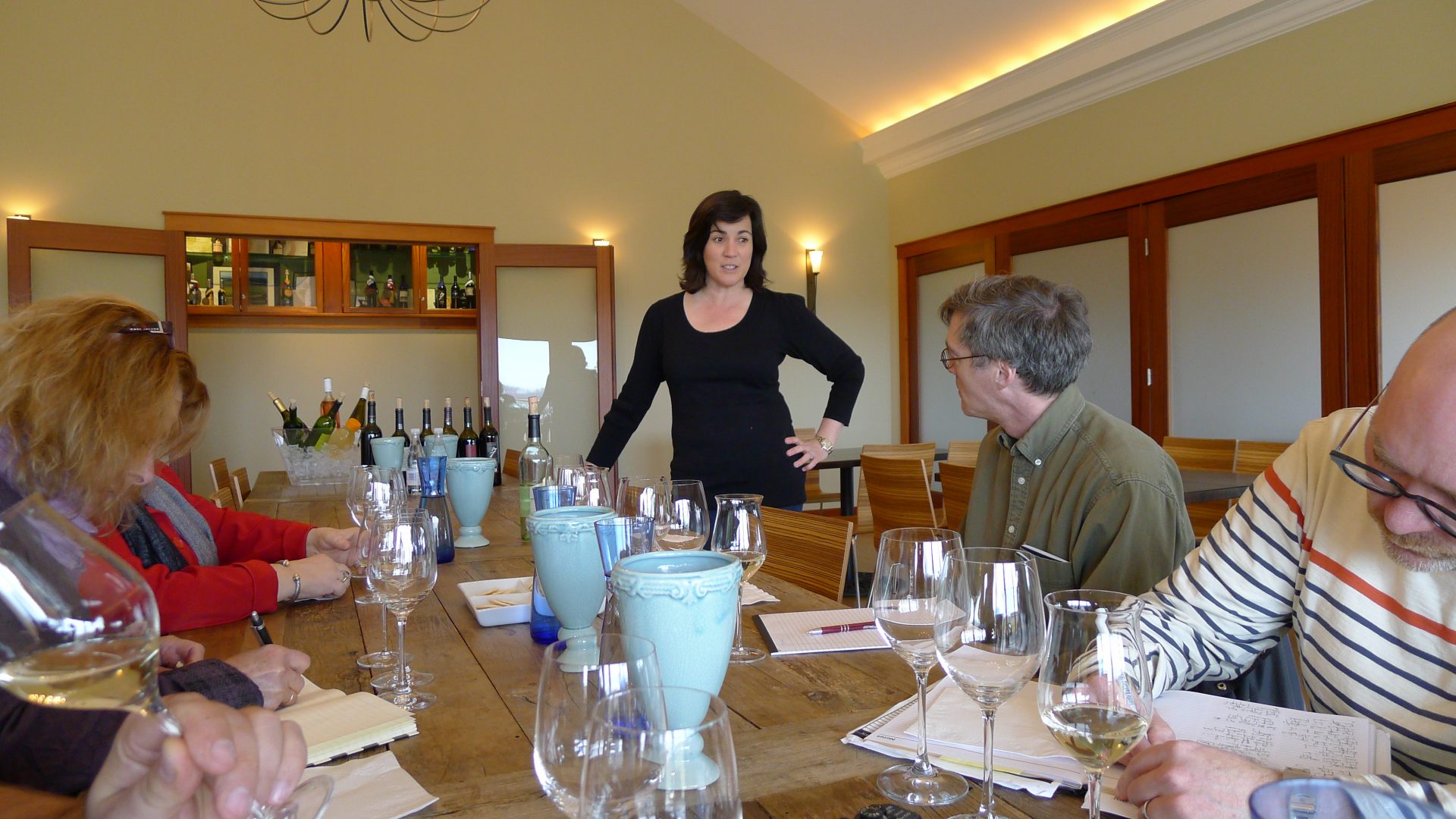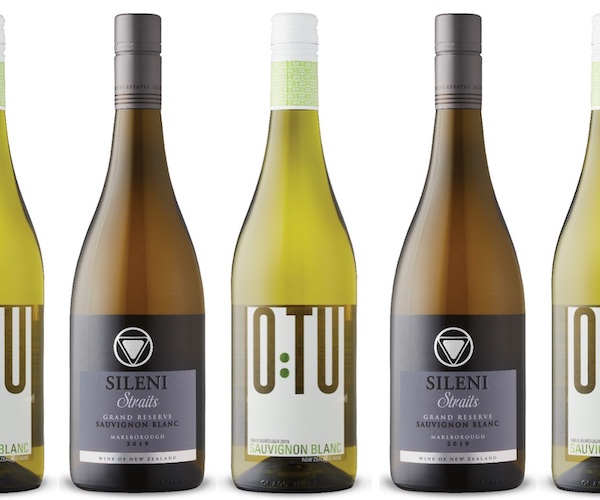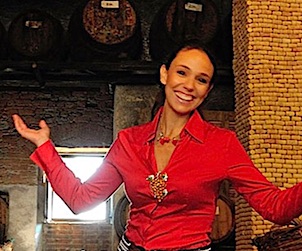When it comes to wine, what exactly do we mean by the NEW New Zealand?
This was the open-ended question asked by Stephen Wong MW at the start of New Zealand Winegrowers recent presentation/tasting presented for 2023’s New Zealand Wine Week, and indeed I believe that there are many answers depending upon whom one speaks with.
Over the course of the next 60 minutes or so he gave us his personal take upon that question as we tasted through an judiciously selected flight of six single vineyard lesser-planted varieties; it was certainly one of the best line-ups for a virtual tasting I have ever experienced in some time, with almost every wine showing exceptionally well (somewhat surprisingly seeing at it was actually a “Root Day” in the Biodynamic calendar!).
Wong pressed upon the changing philosophies surrounding the three concepts of recognised sites (be they at the sub-regional or single vineyard level), the increase in the aforementioned lesser-planted varieties, and the often parallel production of more “natural” wines alongside more conventional bottlings being embraced by many producers.
Speaking of those lesser-planted varieties, they still only collectively make up a mere 697 ha, with the big players Sauvignon Blanc, Pinot Noir, Chardonnay, and Pinot Gris plantings numbering 26,559 ha, 5,807 ha, 3,187 ha, and 2,809 ha respectively. Saying that, there is some serious interest in these less-explored grapes, and increasing numbers of wineries are experimenting with new plantings year upon year. Watch this space!
2022 Jules Taylor Grüner Veltliner, (from a single 0.8 ha vineyard farmed by the Griffiths family) Central Wairu Valley, Marlborough, New Zealand (Alcohol 12.76%, Residual Sugar 1.3 g/l)
Austria’s flagship grape puts on a pretty damn decent showing here, although the variety’s distinctive white pepper characteristic (formed by a very specific proportionality betwixt skin and juice) is very much subdued in this Marlborough example. Seeing as Loess soils aren’t really a thing in New Zealand, the free-draining alluvial/gravel soils of the region certainly bring something altogether different to the glass, and then there’s all that luminosity inherent to the country as a whole. There’s some decent weight and texture on the palate here, alongside a nice balance of skin phenolics and marked acidity, with a fair amount of minerals on the back of the palate. A lovely expression of Grüner.
![]()
2020 Millton Viognier (Riverpoint vineyard) Gisborne, New Zealand (Alcohol 13%, Residual Sugar 3 g/l)
Gisborne has been at the forefront of interesting varieties for some time, due in no small part to the region’s vine nurseries, historically giving growers access to different varieties before the rest of the country. Containing 4% Marsanne, this Viognier was a real delight (although, if the truth be told, I feel the same about most wines from Millton). This wine really benefited from being allow to warm in the glass a little, the gorgeous weight and slippery (but not oily) texture really coming to the fore. The region’s deep, rich and unirrigated soils bring a lot to this wine, leaving one with a satisfying palate that is decidedly rich and saline. It’s often seen as a bit of a cliché when a winemaker tells you that the vineyard does most of the work, but I certainly believe that to be the case here.
![]()
2020 Villa Maria Albariño (Two Terraces vineyard), Hawkes Bay, New Zealand (Alcohol 13%, Residual Sugar 3.9 g/l)
Despite being one of the larger brands out there, Villa Maria still do some pretty cool stuff, and that is certainly the case with this rather lovely bottling here. In New Zealand many wine bars and restaurants utilize Albariño as an alternative to the ubiquitous Sauvignon Blanc, and tasting this example I wholly understand why. Although Albariño certainly falls into that “Other varieties” category, plantings are most certainly increasing year upon year, doubling since 2015. Unlike the swathe of plantings found in Australia which turned out to be Jura Savagnin, these vines had their origins in Galacia, Spain, where they make some of that country’s finest white wines. This wine’s fruit is sourced from a cooler vineyard, way inland from Hawkes Bay, and I would imagine that this is partly responsible for this wine’s impressively punchy acid profile and measurable salinity. There’s a delightful phenolic element on the back of the palate here. I look forward to seeing more Albariño from New Zealand in the coming years. Superb stuff.
![]()
2020 Black Estate Chenin Blanc (Howe vineyard) North Canterbury, New Zealand (Alcohol 13%, Residual Sugar 4.5g/l)
Nosing a lot closer to Loire than South Africa, this “natural” wine was a seriously impressive example of the potential for Chenin Blanc in New Zealand. This wine’s fruit is sourced from a tiny 1/2 hectare site on the Canterbury Plains, home to the most active limestone in New Zealand, part of the Pacific Plate. A four hour cold soak with whole bunch pressing before being transferred (without settling) to barrels and hogsheads, this wine explodes with aromatics tarte tatin, floral elements, and autolytics from the pied de cuve yeasts. The baked apples continue onto the honeyed palate, and there’s a little bit of spritz going on here. This was a real eye-opener, and as many of you know, my jury is often out when it comes to more “natural” wines.
![]()
2020 Te Kano Estate Cabernet Franc (Northburn vineyard) Central Otago, New Zealand (Alcohol 13%, Residual Sugar 0 g/l)
This has to be one of the better Cabernet Francs I have tasted in some time, and a bloody fantastic example of ripe unoaked Cab Franc that would put many an Ontario bottling to shame. It pour almost impenetrably dark in the glass, and has a seriously enchanting bouquet of red berry fruits and a nice hit of spicy cedar that’s all from the fruit. The red fruit is mirrored on the crunchy palate, and there’s a sense of freshness and vibrancy here that is utterly thrilling. This wine sees a five day cold soak, and spends quite some time on skins. It’s certainly more Loire than it is Bordeaux, with ripe, supple tannins giving the fresh crunchy fruit a good solid backbone. Love this. Stephen Wong noted that although this is not a recognised subregion as of yet, he strongly thinks it should be.
![]()
2020 Decibel Malbec (Bridge Pa Triangle vineyard) Gimblett Gravels, Hawkes Bay. New Zealand (Alcohol 13%, Residual Sugar 0 g/l)
Of all the wines in this lineup, I think that this was the one I was least impressed with. I seek out violet florality in my Malbecs, and although Wong mentioned this aspect I certainly wasn’t feeling it. I found the nose to be a little reserved and flat, verging into plummy territory. Although I found the nose to be lacking, I thought the palate was quite tremendous. After a 4 to 5 day cold soak one would imagine that the tannins would be through the roof, but they were gorgeously supple and satisfying, almost meaty. Perhaps there was something up with my tasting sample, as people seemed to enjoy this wine a lot more than I did. For further investigation…
![]()

